Vegetable vine photography
Vegetable vine photography can be an interesting and rewarding subject for photographers. Vegetable vines, also known as climbing plants or creepers, often have beautiful and intricate structures that can create visually appealing compositions. Here are some tips to help you capture stunning vegetable vine photos:
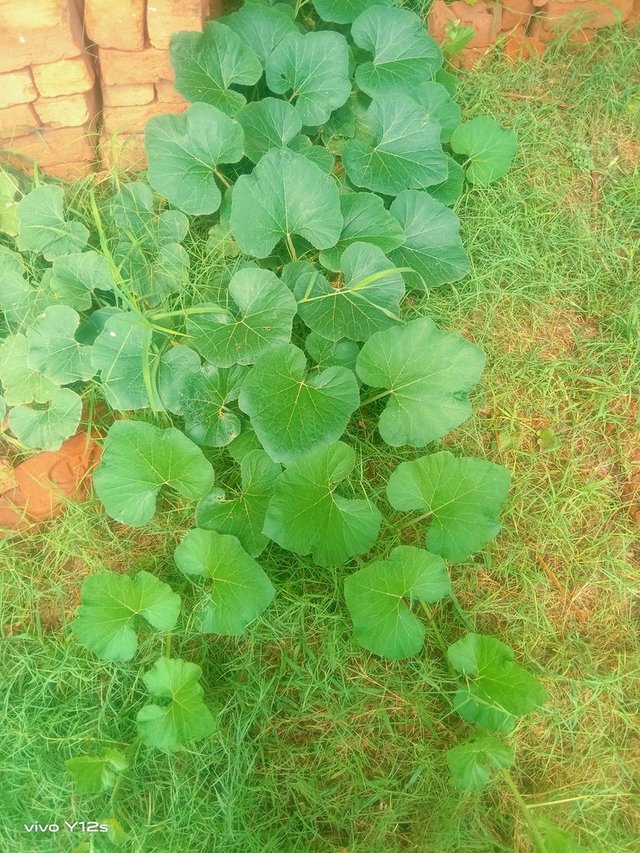
Find the right location: Look for gardens, farms, or botanical parks where vegetable vines are grown. Some popular vine vegetables include cucumber, pumpkin, grapevines, and various types of beans.
Use a macro lens: A macro lens will allow you to capture the intricate details of the vines, leaves, and any flowers or fruits present.
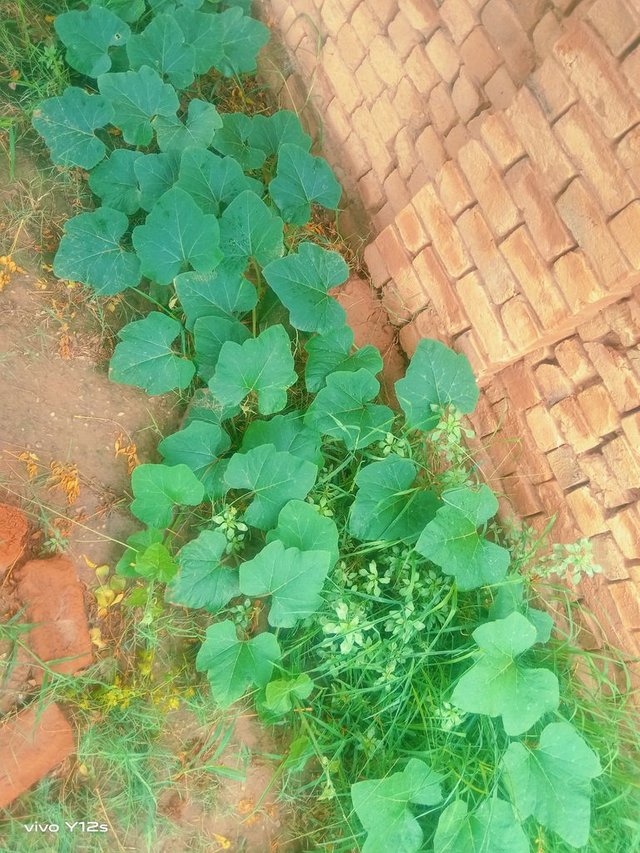
Focus on details: Pay attention to the patterns, textures, and shapes of the vines. Close-up shots of tendrils wrapping around supports or the fine hairs on the leaves can be captivating.
Play with lighting: Good lighting is crucial in photography. Natural diffused light works well for bringing out the details in the vines. Early morning or late afternoon light tends to be softer and more flattering.
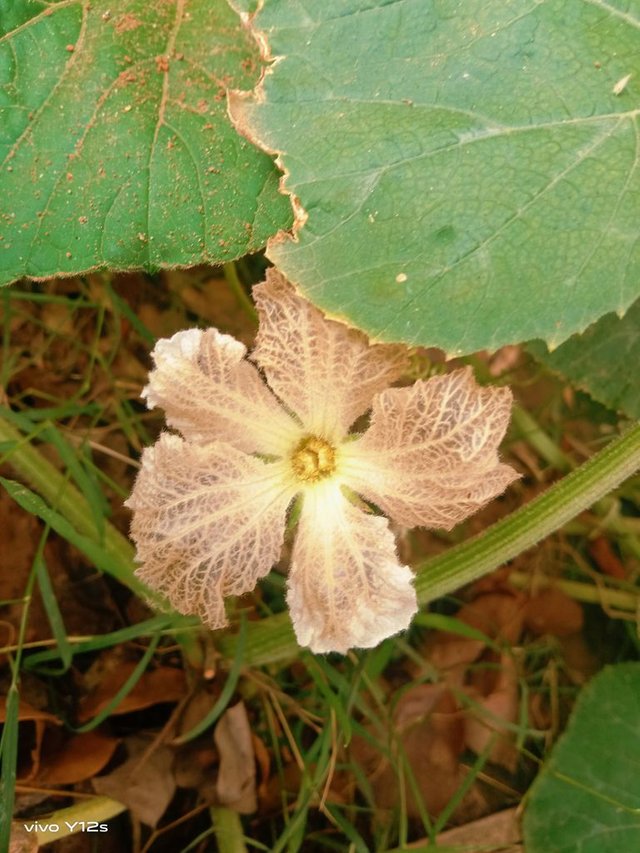
Use a wide aperture: A wide aperture (low f-stop number) will create a shallow depth of field, isolating the subject from the background and making it stand out.
Compose creatively: Experiment with different angles and perspectives to find the most interesting compositions. Try shooting from below the vines, looking up towards the sky, or getting close to the ground for unique viewpoints.
Add context: Include elements in the frame that provide context to the vine's growth, such as trellises, fences, or the surrounding landscape.
Capture interactions: Look for insects or small creatures interacting with the vines. These interactions can add life and storytelling to your photographs.
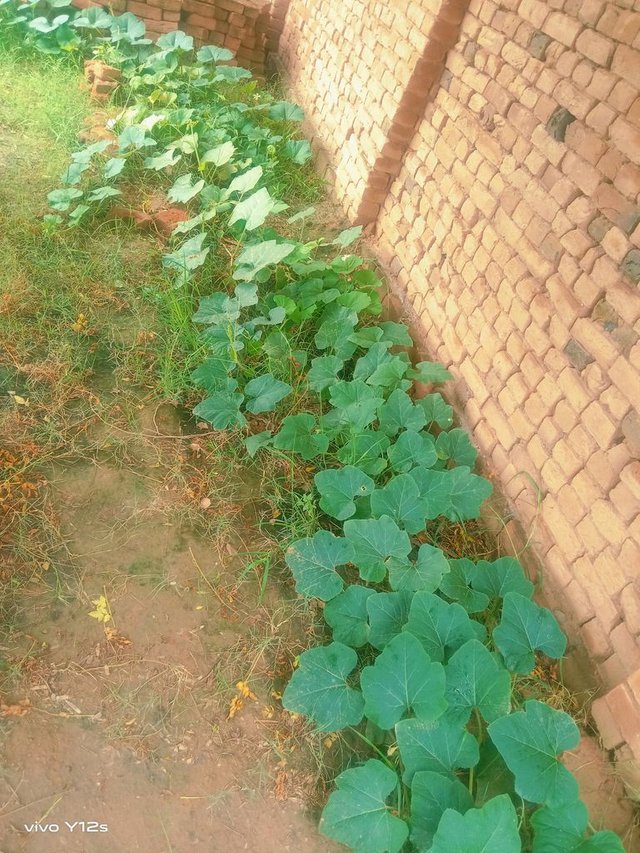
Be patient and observant: Nature photography often requires waiting for the right moment and being attentive to your surroundings. Observe the light, wind, and any potential subjects that might add interest to your photos.
Edit thoughtfully: Post-processing can enhance your images by adjusting colors, contrast, and sharpness. Be careful not to over-process, as maintaining a natural look is usually more appealing.
Remember to respect the environment and plants you're photographing. Be mindful of your surroundings and avoid causing any damage to the delicate vines or disturbing the ecosystem.
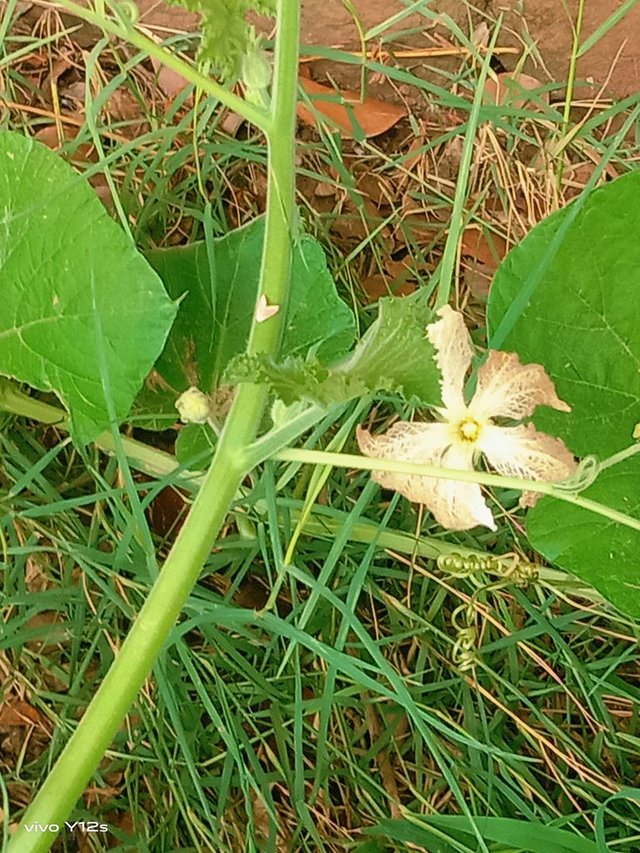
Overall, vegetable vine photography offers a lot of creative opportunities. Experiment with different techniques and styles to find your unique approach and capture captivating images of these fascinating plants.